I don't know about all of you, but I find that it is sometimes really difficult to get a chain cast on that is loose enough to crochet into, without being so loose that it puckers or hangs along the beginning edge. If you have the problem of it puckering, you can disguise it by working over the remaining loops of the chain with single crochets after you are finished with the project, but it is so much nicer to just have a really nice beginning edge that looks nice from the beginning.
I discovered the Foundation Single and Double Crochet Cast Ons quite a while ago and use them whenever possible. They can be substituted whenever the first row of your pattern is a single or double crochet row. Sometimes even when the first row is a pattern row, you can start with the Foundation Single Crochet Cast On and have a slightly bigger/bulkier beginning, which will not look out of place. It is a judgement call as to deciding when to exchange beginning cast ons, but once you try it, I think you will agree that it leaves you with the perfect start to a wide variety of projects.
To start the cast on, you will chain 2 stitches for the single crochet or 3 stitches for the double crochet. Insert your hook into the 2nd/3rd chain from the hook (yarn over the hook first if doing the double crochet) and pull up a loop. Chain 1 stitch, then complete the single or double crochet as you normally would. For the next and all remaining stitches, insert the hook into the chain stitch (yarning over first if doing the double crochet), pull up a loop, chain 1, then complete the stitch. When inserting the hook into the chain stitch, I prefer to go through the hump of the chain, leaving the top two loops to face the bottom edge (creating a nice chain stitch edge, which will match your last row in a lot of cases). Be sure to only work the base number of stitches that you need, ignoring any turning chains, before you start on Row 2 of your pattern.
This technique can also be used when beginning an in-the-round project, like a bag, pouch, basket, hat, etc. You will slip stitch to join with the first stitch, then continue on with Round 2 of your pattern. You will notice that this join leaves a gap at the very edge of your project, but this can be solved by using the tail to sew the gap closed. Cast on a new project today and try out this fun and useful technique.
A video of the Foundation Double Crochet Cast On can be seen here.
I discovered the Foundation Single and Double Crochet Cast Ons quite a while ago and use them whenever possible. They can be substituted whenever the first row of your pattern is a single or double crochet row. Sometimes even when the first row is a pattern row, you can start with the Foundation Single Crochet Cast On and have a slightly bigger/bulkier beginning, which will not look out of place. It is a judgement call as to deciding when to exchange beginning cast ons, but once you try it, I think you will agree that it leaves you with the perfect start to a wide variety of projects.
To start the cast on, you will chain 2 stitches for the single crochet or 3 stitches for the double crochet. Insert your hook into the 2nd/3rd chain from the hook (yarn over the hook first if doing the double crochet) and pull up a loop. Chain 1 stitch, then complete the single or double crochet as you normally would. For the next and all remaining stitches, insert the hook into the chain stitch (yarning over first if doing the double crochet), pull up a loop, chain 1, then complete the stitch. When inserting the hook into the chain stitch, I prefer to go through the hump of the chain, leaving the top two loops to face the bottom edge (creating a nice chain stitch edge, which will match your last row in a lot of cases). Be sure to only work the base number of stitches that you need, ignoring any turning chains, before you start on Row 2 of your pattern.
This technique can also be used when beginning an in-the-round project, like a bag, pouch, basket, hat, etc. You will slip stitch to join with the first stitch, then continue on with Round 2 of your pattern. You will notice that this join leaves a gap at the very edge of your project, but this can be solved by using the tail to sew the gap closed. Cast on a new project today and try out this fun and useful technique.
A video of the Foundation Double Crochet Cast On can be seen here.
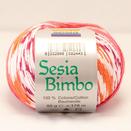
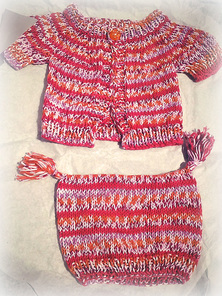
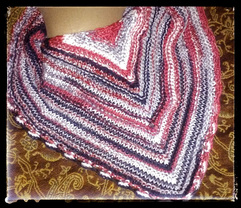
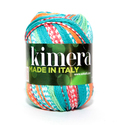
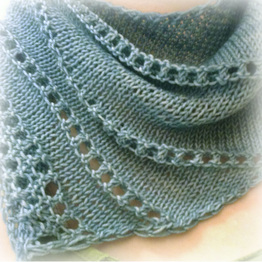
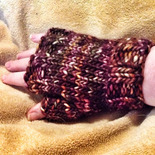
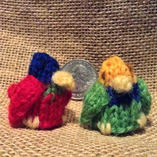
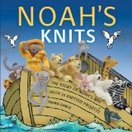

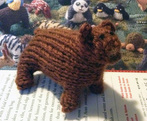
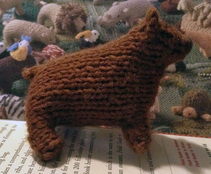
 RSS Feed
RSS Feed
